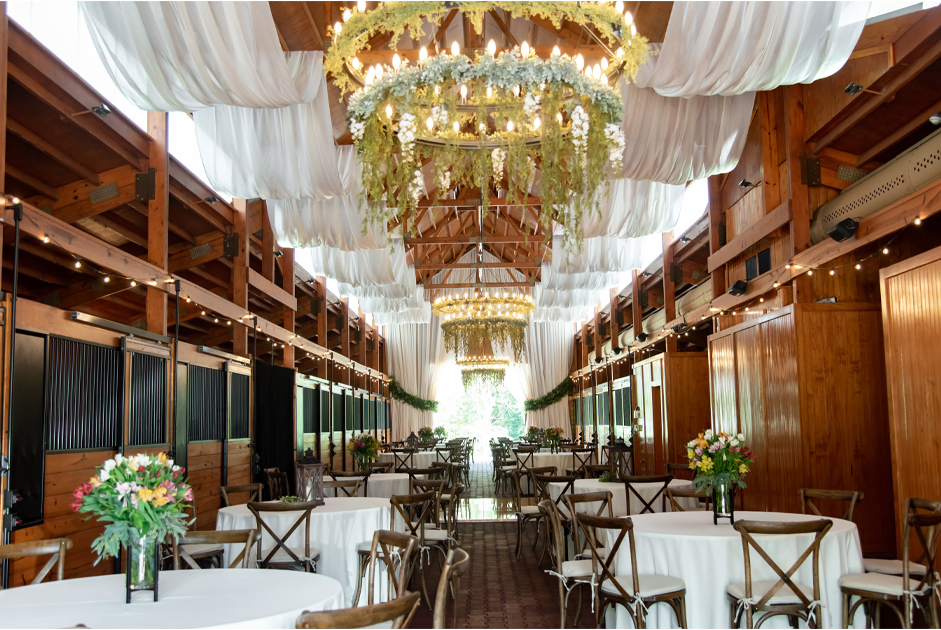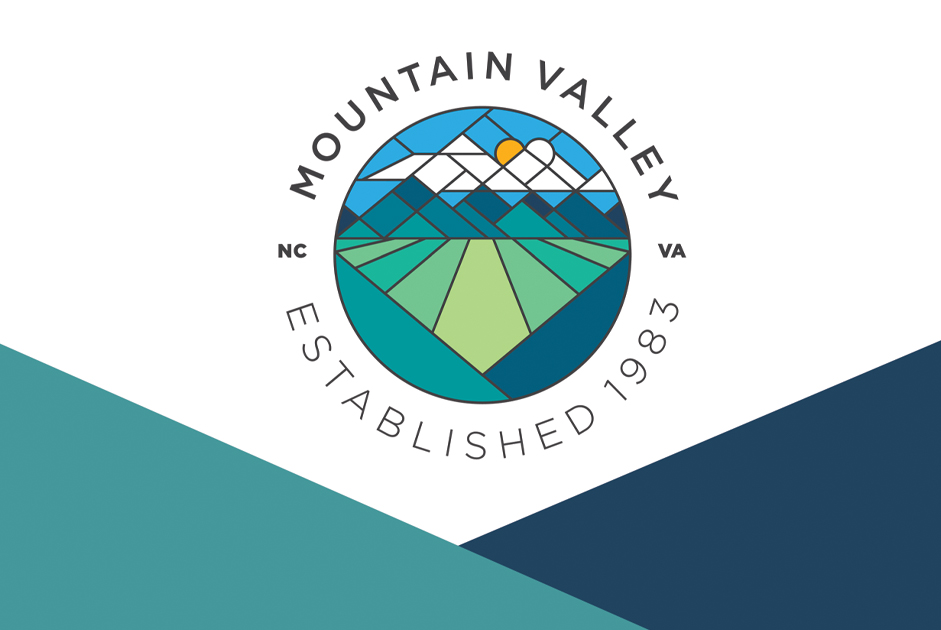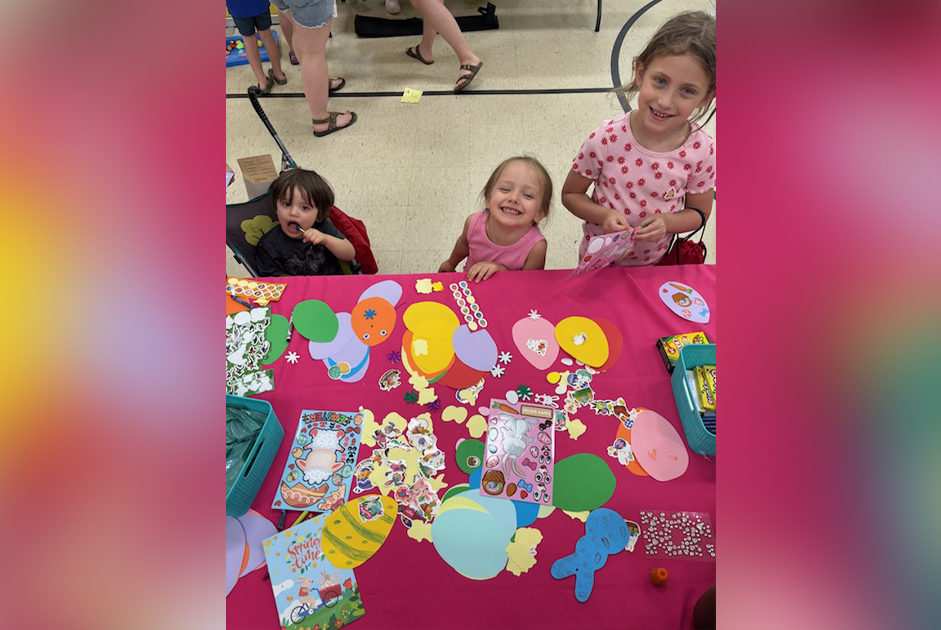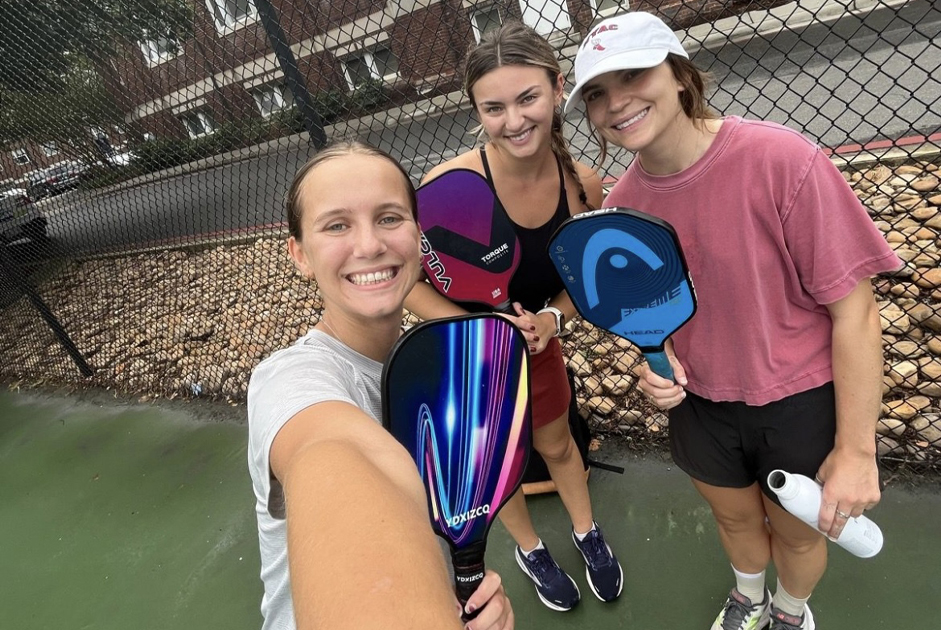BY JEN OLENICZAK BROWN
Telling stories is powerful. You’re creating a connection between people and ideas – and the best stories often create trust among the teller and listener, especially if the story is authentic. They are incredibly memorable – so much so that psychologist Jerome Brunner conducted research as part of his learning theory, based on the theme that learning is an active process – and concluded that when facts are part of a story, they are 20 times more likely to be remembered.
Wouldn’t you love to have your elevator pitch – or your story – be remembered, versus just part of the sea of people that might be at a networking event?
Using story as part of your elevator pitch is not only a powerful and confident choice, it’s effective. Stories tap into multiple modalities of learning: according to Paul Smith, author of ‘Leader as Storyteller: 10 Reasons it Makes a Better Business Connection,’ in any group you’re going to have 40% visual learners, 40% auditory learners and 20% kinesthetic learners. Stories encompass all of those learning styles: visual folks can imagine, auditory folks can listen and kinesthetic can emotionally connect.
How do we incorporate storytelling smoothly into our elevator pitch? Here are three simple ways to make the transition. Before diving into this next level – tap into your basic introduction. Mine is: ‘Hi, I’m Jen and I’m a small business owner.’ Simple, sweet and specific
Think About Your Big Moments
I think people call these ‘war stories.’ What has happened in your career that people might be interested in? Before you talk about everything that has ever happened to you, remember the advice from Part One – think about your audience. Consider what they want before you decide what stories matter.
When you’ve isolated an audience – maybe it’s the next audience you’re going to be around in your networking journey – think about what stories would resonate with them. Think of your successes and challenges, while you’re thinking about the reason we tell stories. Will someone have an ‘Oh, me, too!’ moment? Will they connect because of your story? Think of all of your experiences as a toolbox: you don’t want to pull everything out when all you need is a wrench.
Flesh Out Your Day
If you’re stuck or dealing with imposter syndrome when you’re thinking about your successes and challenges, think about your day. A story, simply put, is an account of past events or an evolution of things – your day was a thing, right?
With this kind of story, think about what you do in the youiest day of your week. Some of my days are boring – I go to my space, I work and seek to slay the email hydra (send one, archive it, and get three more), I go home and eat something a few times a day. Some days, though, are very indicative of me – they aren’t out of the ordinary, but they might involve teaching improv, going to a meeting about women’s entrepreneurship, cleaning and mopping my space, making granola for the week and tending to my DIY kombucha.
List out the events that would happen in a day that makes you YOU, and see if you can make it applicable to a networking question of ‘What do you do?’
Mine might be: ‘Today I taught a group of people how to communicate across departments, then talked about helping women entrepreneurs level up their businesses. It was plant day in my space, so I got to water some of my children, then panicked a bit about my kombucha SCOBY.’ Evocative? Yes. The best elevator pitch? Not yet…
Move it to Audience Focus
Self-centered stories aren’t often the best ones. You can see if you can make it audience focused, but this one takes some time. Think about your ‘me’ and ‘I’ sentences, and see if you can translate them into something that takes the audience in account a bit more. What might ‘we’ have in common? You could toss the whole elevator pitch idea, and ask an open-ended question that leads into your story. Using my example from earlier, you might ask, ‘Have you ever been to a professional development session on communication?’ Depending on their answer, you can either say, ‘So I take the presentation you sat through, and make it interactive, where you are practicing those communication skills.’ You’ve tapped into their experience, and from there, you can move forward with your story.
Stories are a great way to engage someone’s listening skills in networking. Join us soon for part three: entrances and exits.



















